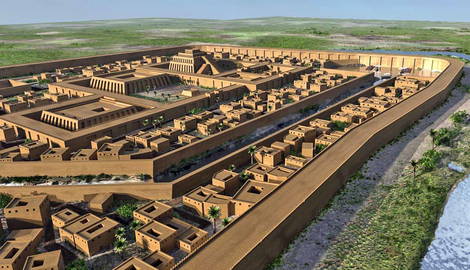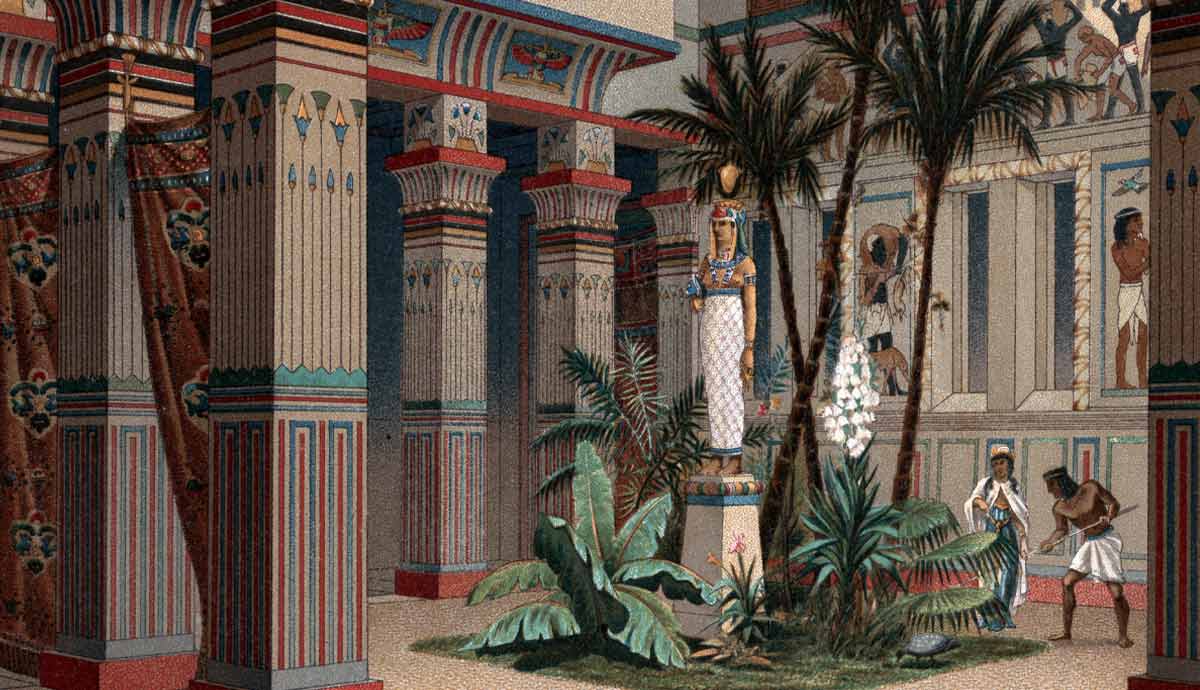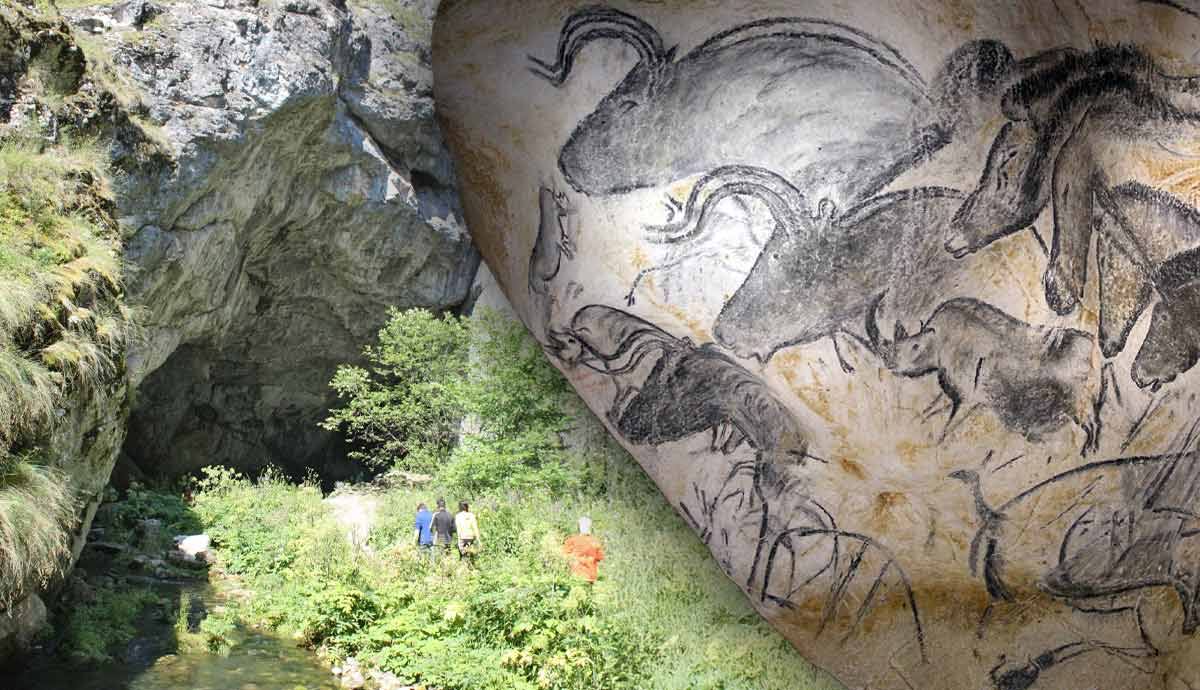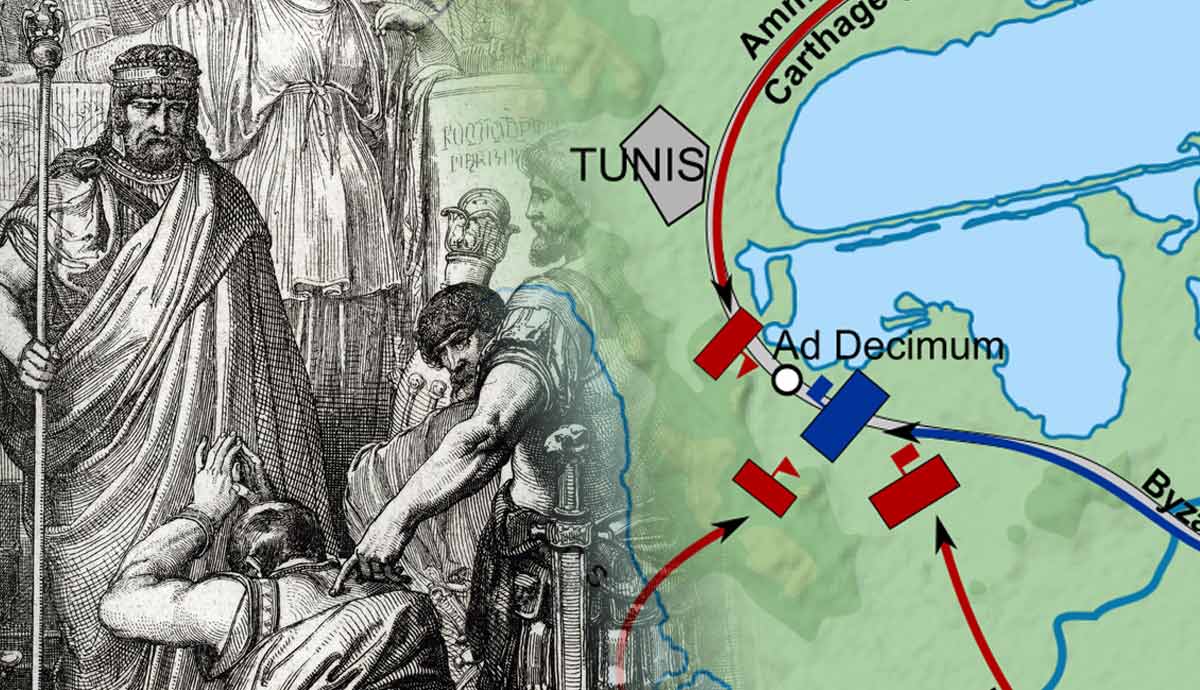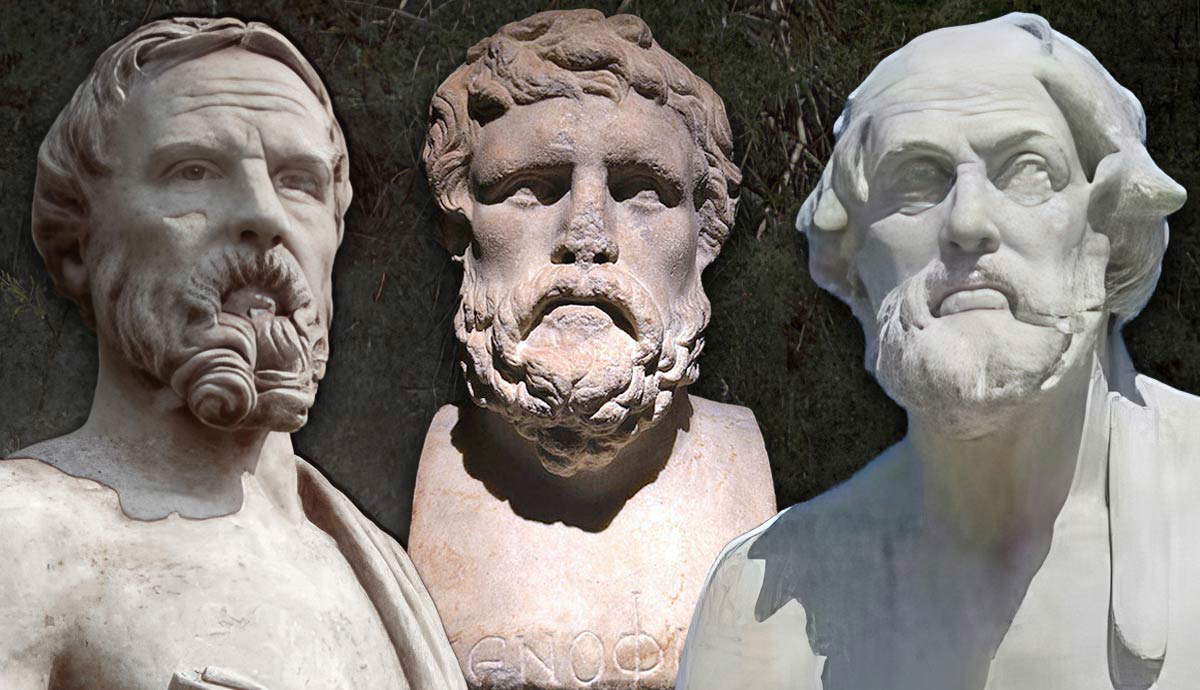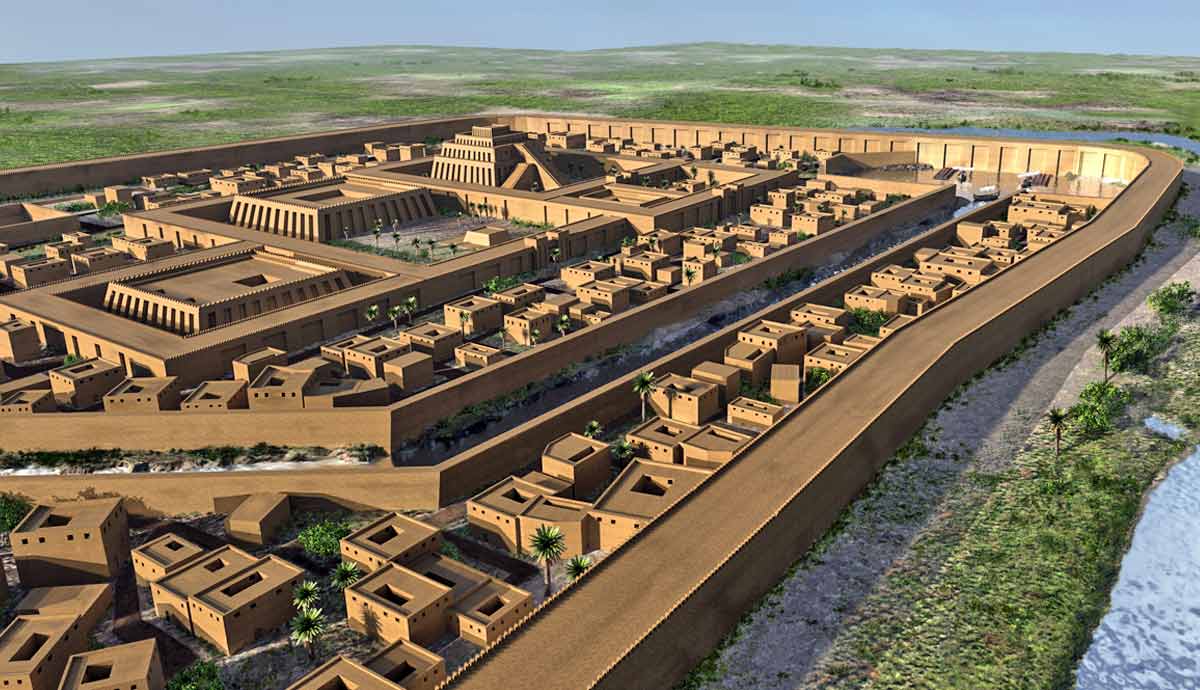
Situated in the Fertile Crescent and nourished by the mighty Tigris and Euphrates rivers, the land of Mesopotamia witnessed the Neolithic Revolution, as humankind abandoned their hunting spears and bows, and took to farming. Settlements became towns, and towns became cities. Great states, kingdoms, and empires rose and fell as the centuries ticked by.
Many ancient cities ascended to great prominence, becoming homes to tens of thousands of people. Here are 4 of the biggest cities in ancient Mesopotamia.
Where Is Mesopotamia?
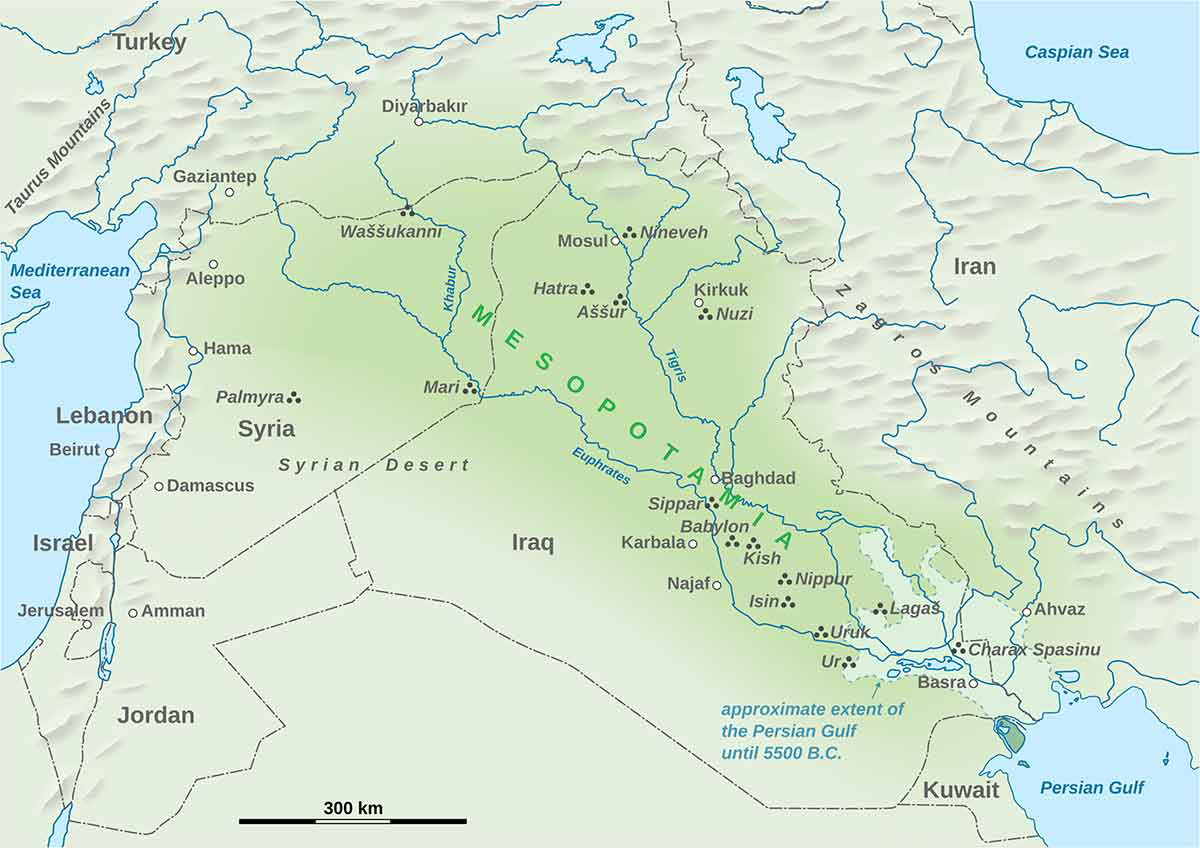
Mesopotamia is the historical land between the Tigris and Euphrates rivers in the northeastern part of the Fertile Crescent. The two major rivers that define the region rise in mountains to the north and flow towards the Persian Gulf, creating a huge, fertile area that formed the foundation for civilization to flourish.
Today, the majority of Mesopotamia lies within the borders of Iraq, but also extends into Syria, Kuwait, Iran, and Turkey.
1. Babylon
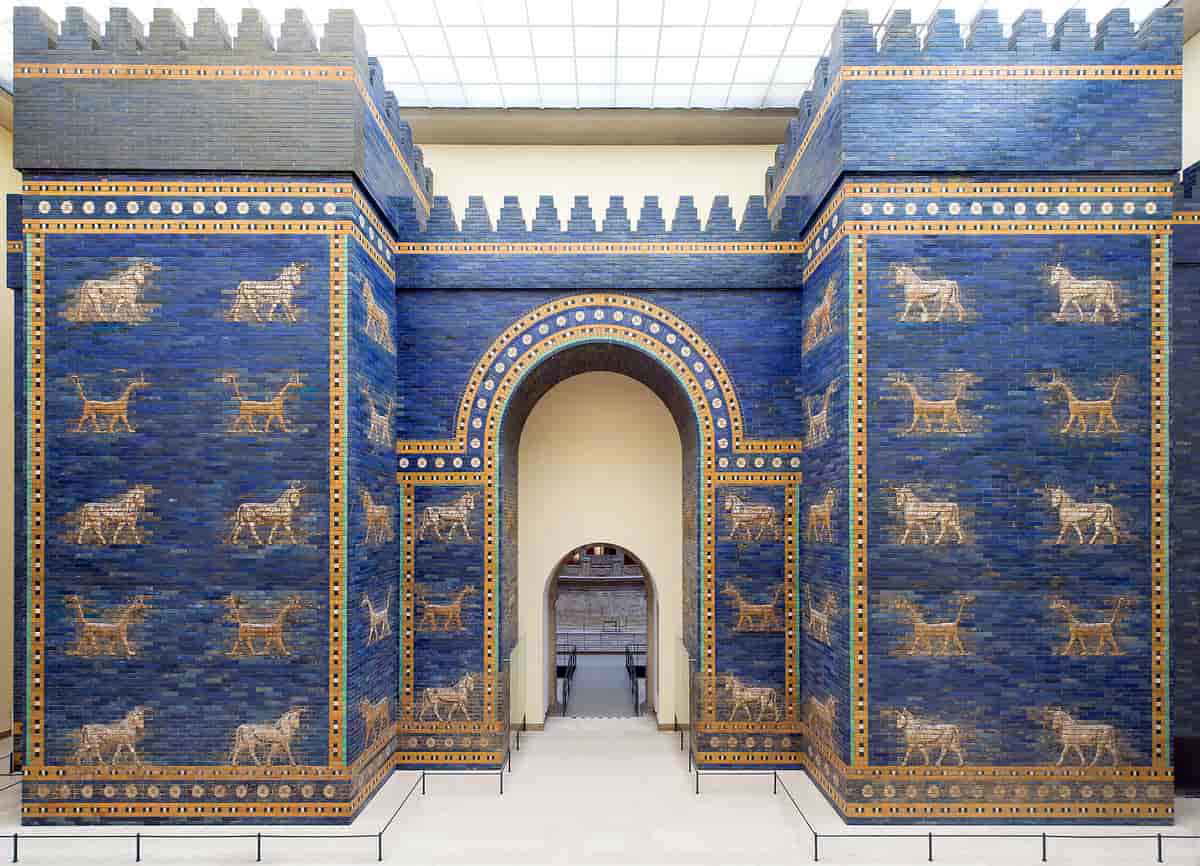
One of the most famous places of the ancient world, Babylon was a grand city that awed people with its splendor and great architectural works. For many centuries, Babylon stamped its name on the ancient world, being a hub of culture and learning that resonated through the centuries.
The exact date of Babylon’s founding is unknown, but it was around 2300 BCE, which is relatively late by ancient Mesopotamian standards. In the second millennium BCE, it was the center of the Amorite Kingdom, and was then conquered by Hammurabi, after which it became the capital of Babylonia, rising in prestige and power. Ownership of the city changed many times throughout ancient history. It was subjugated by the Assyrians, and then control passed to the Kassites, who ruled the city for more than four centuries.
In the 9th century BCE, Babylon was ruled by the Chaldeans and became part of the Neo-Assyrian Empire. In the 7th century BCE, it became part of the Neo-Babylonian Empire during which time the city reached its height. Babylon fell to Cyrus II (the Great) of the Achaemenid Empire in the 6th century. In 331 BCE, the city fell to Alexander the Great.
Babylon continued to exist through the Seleucid, Parthian, and Sassanid (also referred to as “Sasanid”, “Sasanian”, and “Sassanian”) eras that followed, but failed to reach its former glory. After the Muslim Arab Conquest in the 7th century CE, the city went into steep decline and was eventually abandoned.
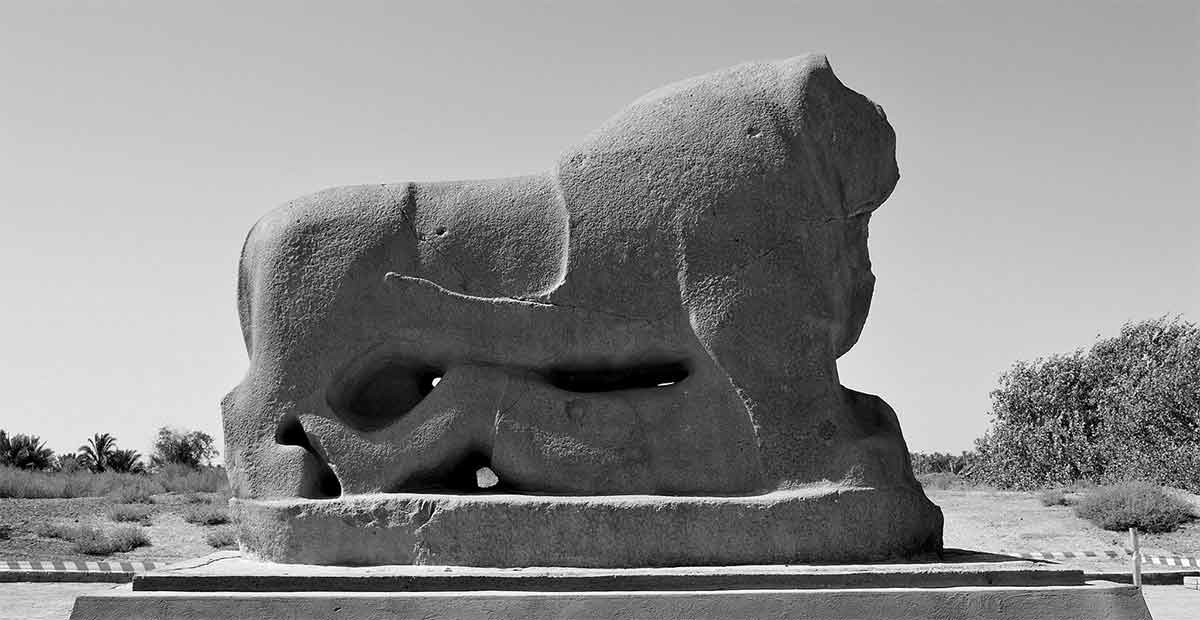
Throughout its existence, Babylon was famed for its political power and its influence on culture. It was a city of wonder with magnificent buildings and sprawling architecture. It was the site of the Hanging Gardens of Babylon, as well as the legendary Tower of Babel, which was allegedly built nearby. It is widely theorized that the ruins of a massive ziggurat—the Temple of Etemenanki, dedicated to the god Marduk, is the grand structure mentioned in the Bible.
Babylon was noted as being the largest city in the world at various points in its history, and was likely the first city to reach 200,000 inhabitants. Its area is estimated to have been around 3.5 square miles (9 km2), which is around 2.5 times the size of Central Park.
2. Nineveh
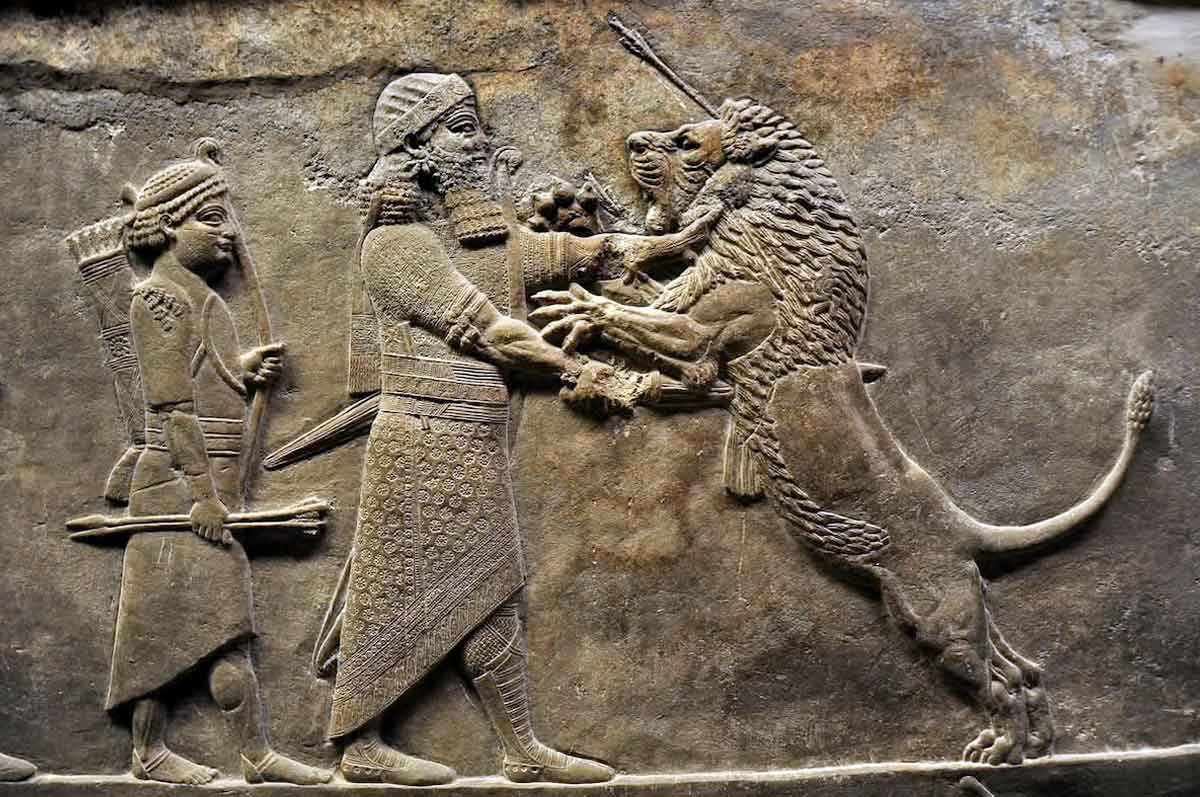
Situated in what is now Mosul in Northern Iraq, Nineveh was a massive city for its time. Population estimates are hard to determine, but the Bible (Jonah 4:11) states the city had more than 120,000 people at the time of Jonah (around 780 to 760 BCE), and it is possible the city housed many tens of thousands more in other time periods.
The settlement that evolved into Nineveh was likely inhabited around 6000 BCE, and by 4000 BCE, it covered around 40 hectares. Around a thousand years later, Nineveh became part of the Kish civilization and was an important center for the worship of Ishtar, also known as Inanna, the goddess of love.
Nineveh formed part of the Akkadian Empire and then, sometime around 1800 BCE, became part of the Assyrian Empire. It would be another thousand years, however, before Nineveh began to reach its height. During the time of the Neo-Assyrian Empire (912-612 BCE), Nineveh was a focal point, and Sennacherib (r. 705-681 BCE) made it the capital of his empire in 705 BCE. Some historians have suggested that the Hanging Gardens were actually built in Nineveh, and later credited to Babylon, but there has been no definitive evidence to prove where the Ancient Wonder actually was.
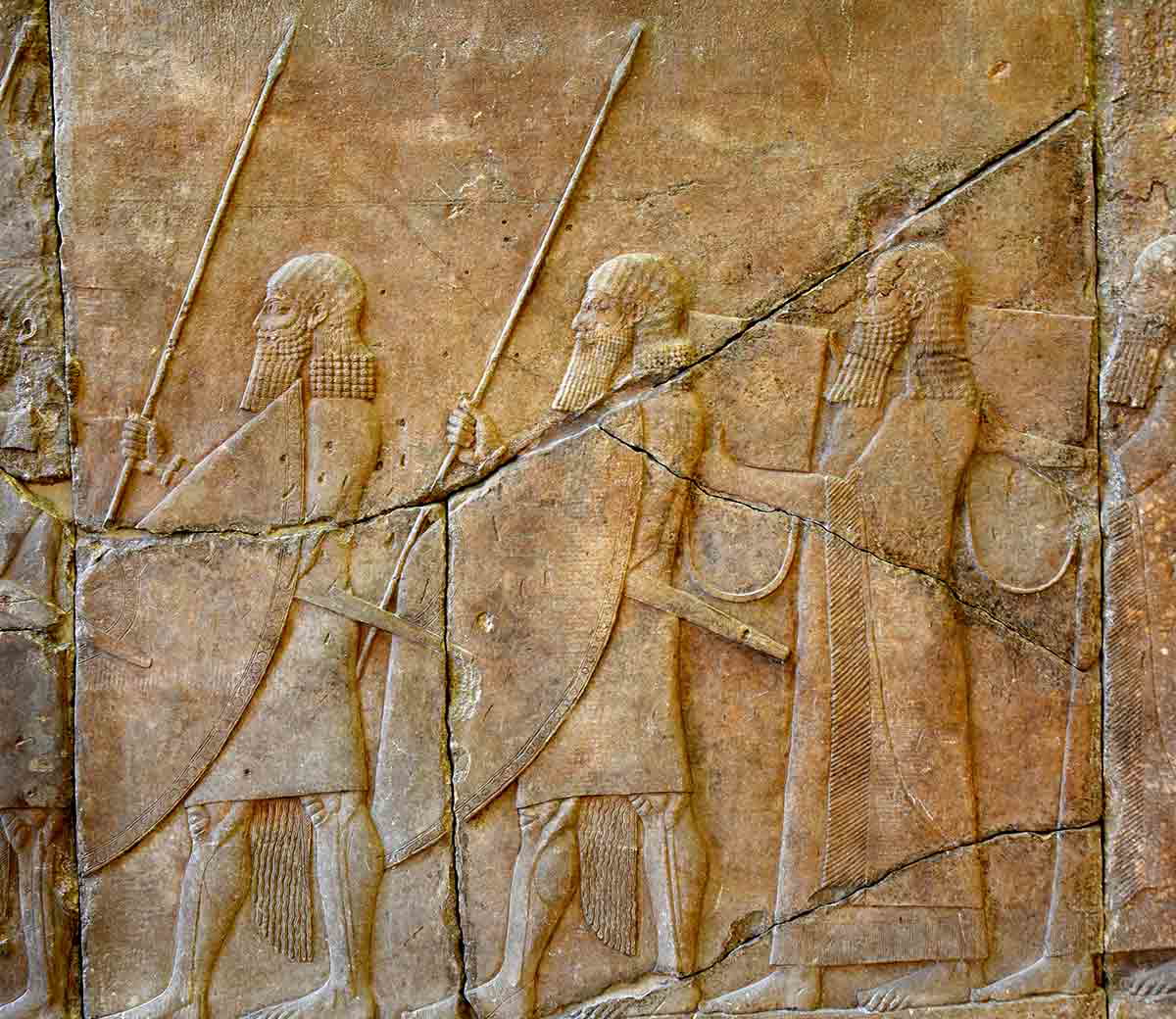
Sennacherib paid close attention to the development of his new capital, decorating the city with gardens and public parks, and constructing aqueducts and canals. He surrounded the city with a great wall, which had 15 gates.
Sennacherib’s successors continued his legacy and expanded building projects around the city. His grandson Ashurbanipal (r. ca. 668-627 BCE) oversaw the construction of a great library, which came to house 30,000 clay tablets. Upon his death, however, the Assyrian Empire began to weaken from internal power struggles and suffered from outside invasion. Nineveh was sacked and razed by an alliance of Persians, Medes, and Babylonians in 612 BCE.
For over two millennia, the ruins of Nineveh lay buried beneath the sands, and excavations began in the mid-19th century.
3. Uruk
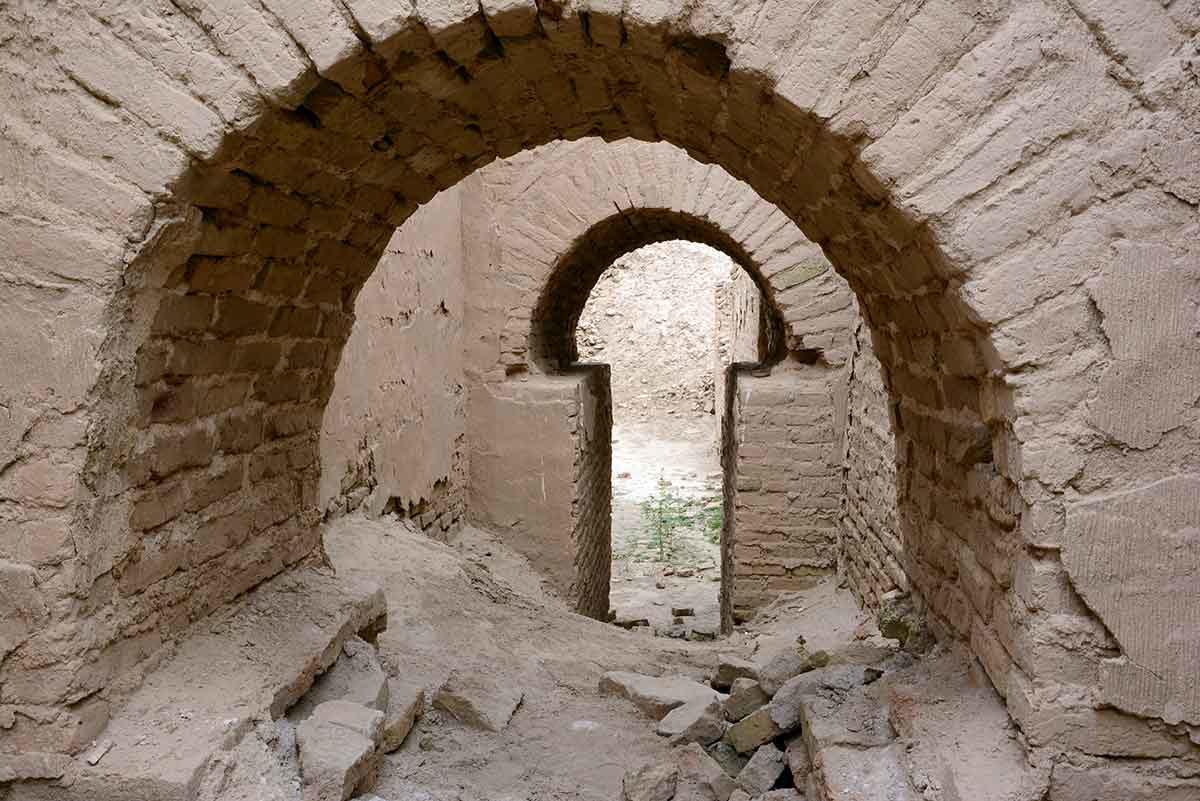
Located in the southern region of Sumer, in modern-day Warka, Iraq, Uruk is truly one of the world’s oldest cities. In fact, one theory suggests that the name “Iraq” is derived from this ancient city. According to the Sumerian King List, it was founded by King Enmerkar around 4500 BCE. It wasn’t the oldest Sumerian city, however. That honor went to Eridu, founded around 5400 BCE.
Uruk, however, became a much bigger city than its older counterpart. According to legend, the walls were built by Gilgamesh, the king of the city’s first dynasty. He also oversaw the building of a temple complex dedicated to Ishtar.
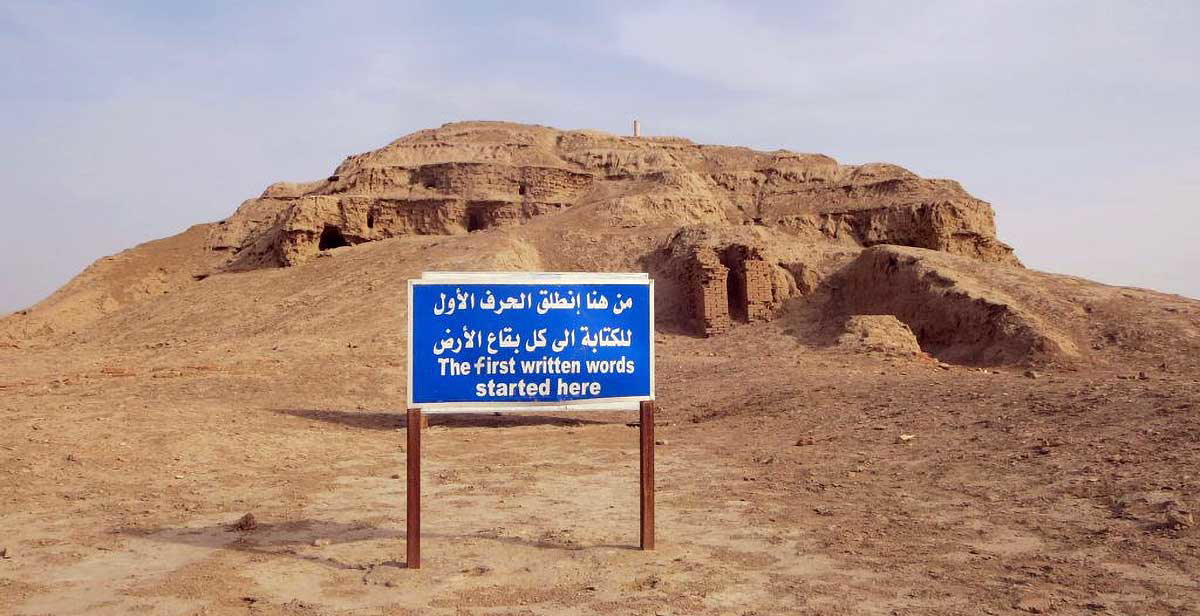
Uruk was a city that was renowned for religion as well as its advances in science. It is widely accepted that writing originated in Uruk around 3200 BCE, along with the cylinder seal, a device used by ancient Mesopotamians to stamp their personal signature. Uruk reached its height around 2900 BCE, and had an estimated population of over 50,000 residents, with some estimates putting the population as high as 80,000.
Uruk was the central seat of power and exercised control over a vast region for many centuries, and still maintained considerable power after being eclipsed by the power of Babylon to the north. In the 18th century BCE, Sumer suffered an invasion by the Elamites and then incursions by the Amorites. Uruk, along with the rest of Sumer, went into decline. Under the Seleucids and then the Parthians, Uruk was still a city of reverence, and the city survived, along with its sacred districts, which were well-maintained.
The slow decline, however, continued, and the city survived until the 7th century CE, outliving other Sumerian cities, which had long since been abandoned. Uruk was finally abandoned after the Muslim Arab Conquest of Mesopotamia.
4. Ur
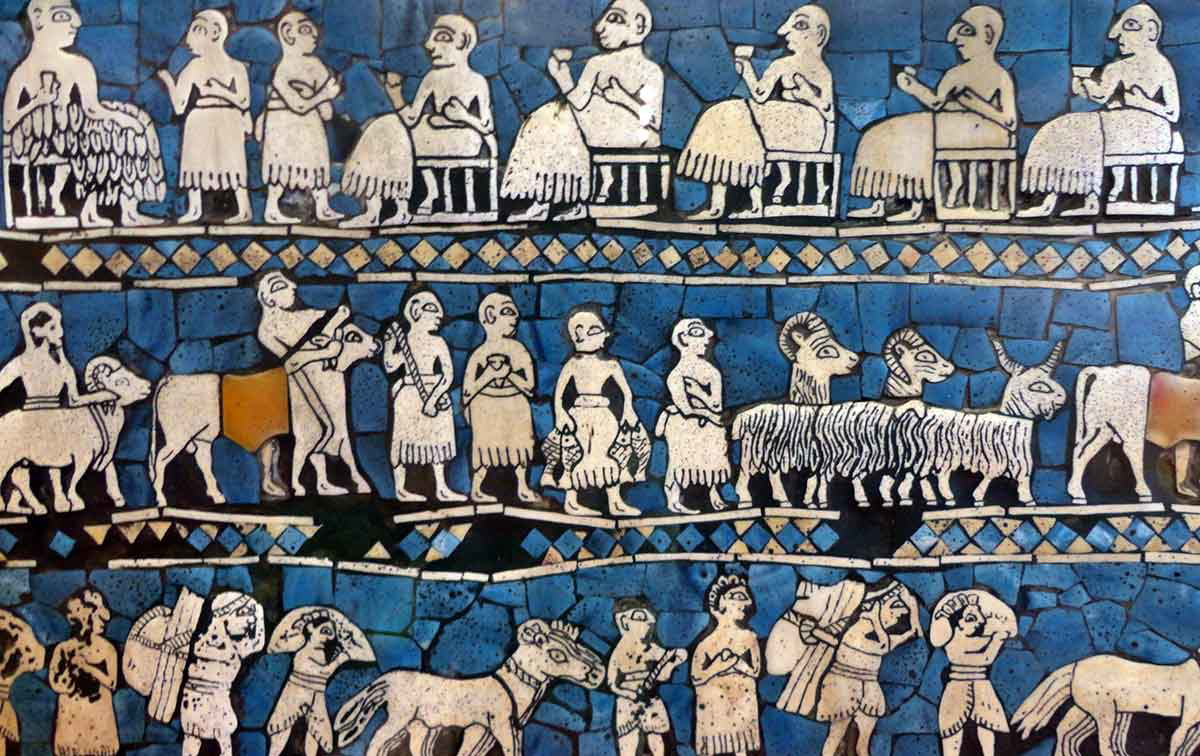
Once a coastal city in what is now southeastern Iraq, Ur sat near the mouth of the Euphrates as it opened into the Persian Gulf. A major Sumerian city-state, Ur was founded around 3800 BCE and existed in some form until it was abandoned around 500 BCE.
Ur was a great center of wealth and power in the Dynastic Period in the third millennium BCE, but sometime in the second half of the third millennium BCE, Ur came under the control of the Akkadians. The Akkadian Empire fell circa 2154 BCE, and after a short and chaotic period, order was restored with the accession of King Ur-Nammu.
Presiding over an era of prosperity, Ur-Nammu expanded irrigation and began construction of the Ziggurat of Ur, which was completed under the reign of his son Shulgi. Both kings were revered to the point of deification. Around the turn of the millennium, Ur’s population was probably somewhere around 65,000 people, and it is possible that Ur was the largest city in the world at the time.
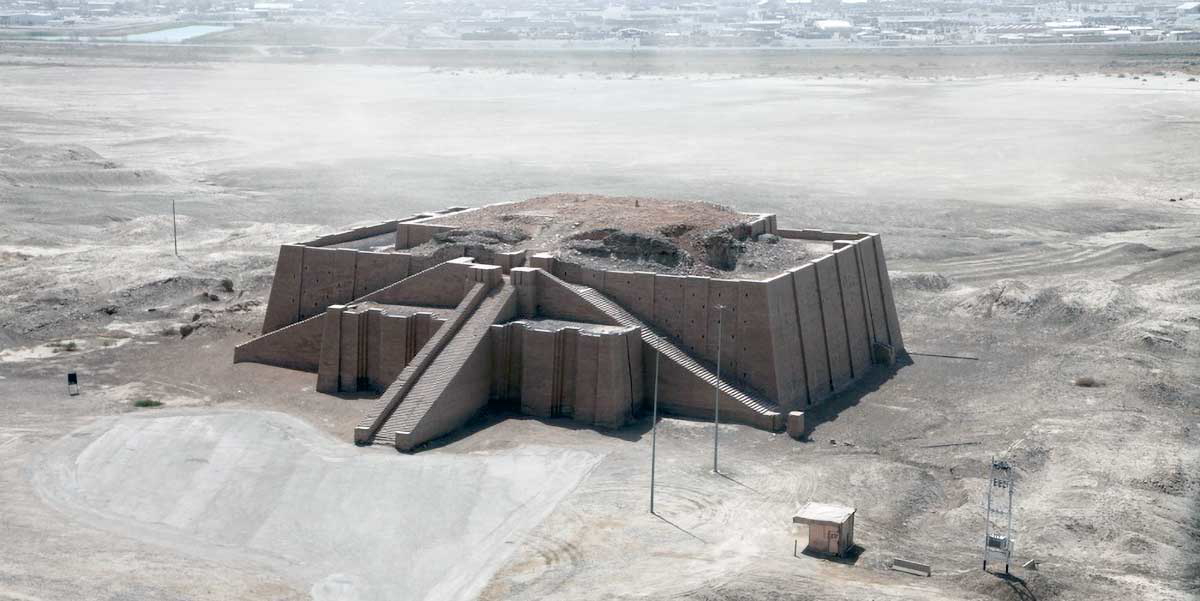
Around the end of the 3rd millennium and beginning of the second millennium BCE, Ur fell to the Elamites, and soon after was occupied by the Amorite Dynasty of Babylon. In the 19th century BCE, the city was greatly diminished with a dwindling population. It was reoccupied again several centuries later, falling under the control of the Kassites and the Middle Assyrian Empire. In the 1st millennium BCE, the city was ruled by the Neo-Assyrian Empire and then from the 7th century, the Chaldean Dynasty of Babylon. After Babylonia fell to the Achaemenid Empire, Ur fell into decline and was abandoned in the 5th century BCE, likely due to drought and changing river patterns.
